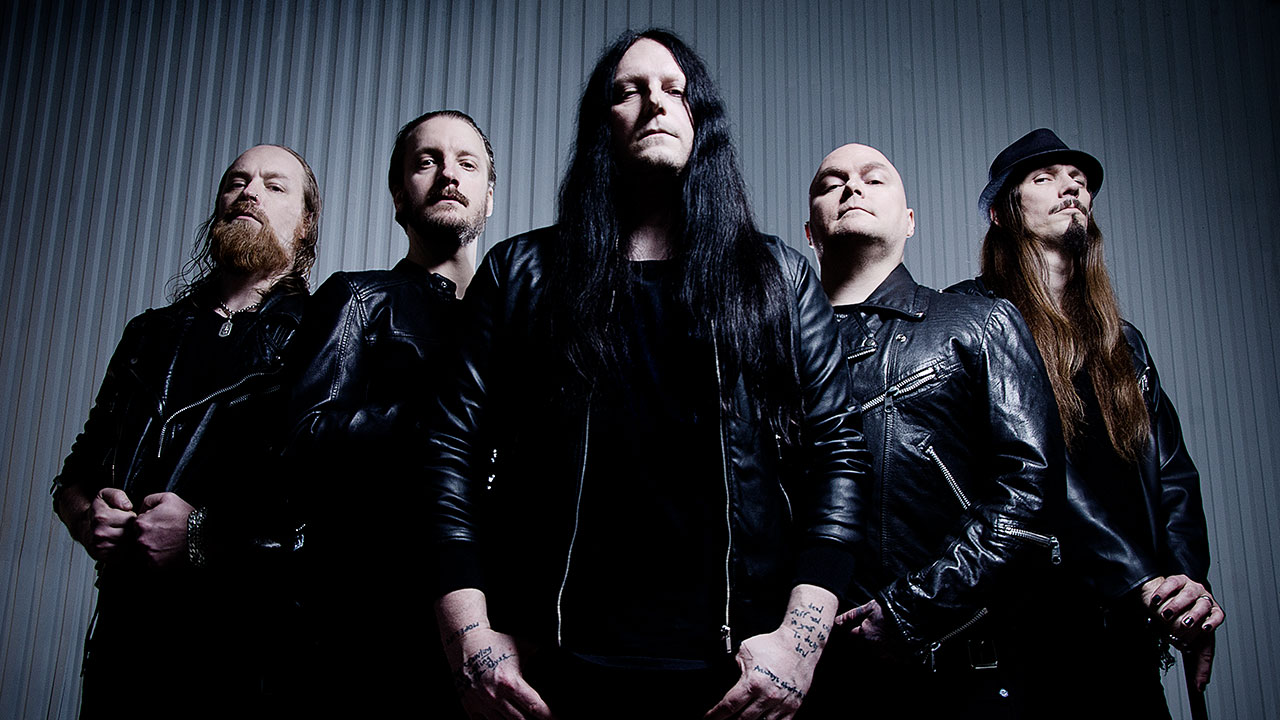Pigeonhole Katatonia at your own peril. Jonas Renkse and Anders Nyström’s tandem may have started as students of the death/doom movement, but since then they’ve flourished into a genre-busting singularity. Elements of traditional metal, prog, alt-rock and shoegaze have all played parts in the Swedes’ sound, with the only constants being addictive hooks and a deeply depressive tone.
In 2025, the band are nearing 35 years of miserable majesty. Pair that with the fact that they have 12 top-notch albums under their belt and figuring out where to start can be tough – so here’s some help. Below, Hammer details the five releases that, chronologically, best illustrate Katatonia’s unique story so far.

Brave Murder Day (1996)
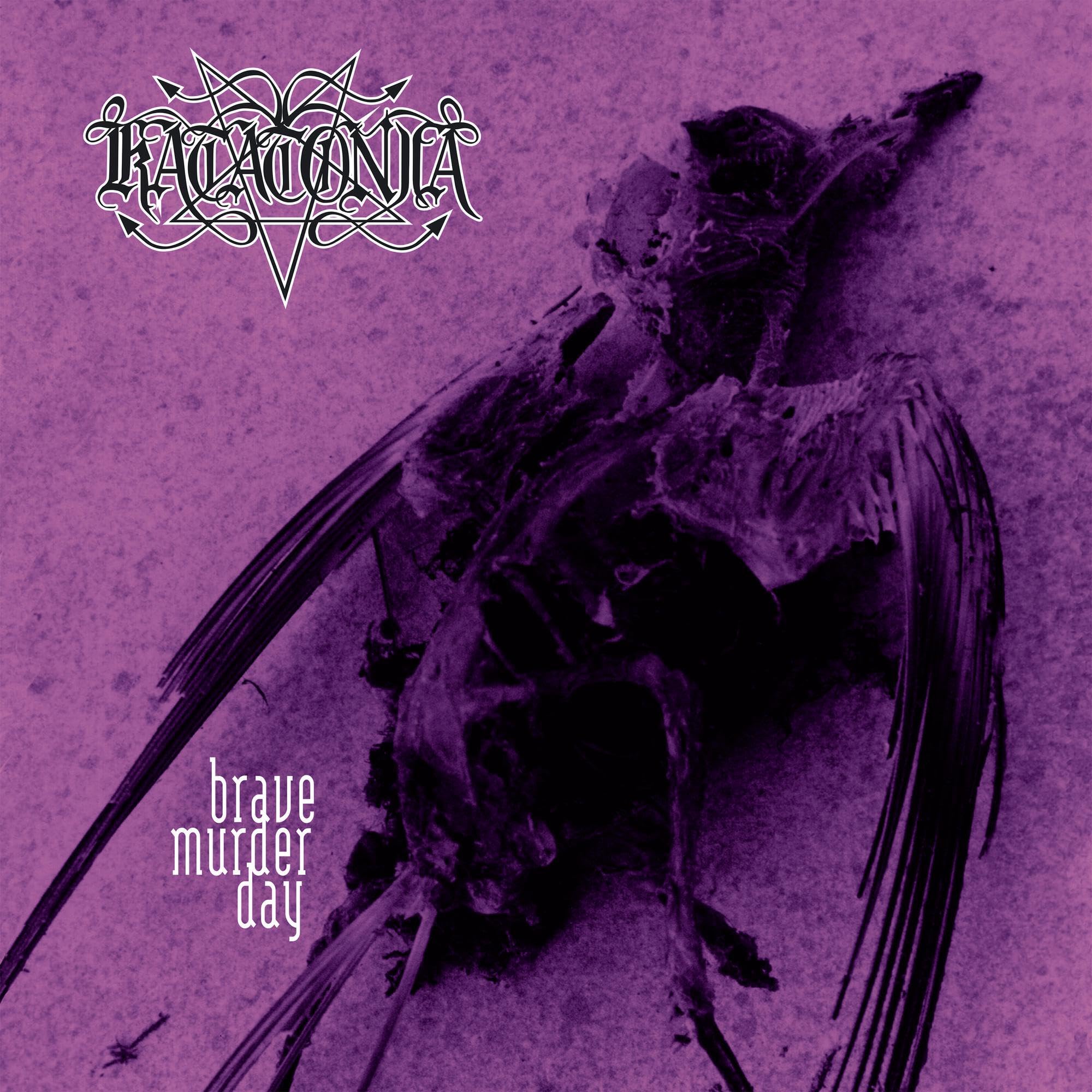
When singer/ex-drummer Renkse and guitarist Nyström formed Katatonia in 1991, they were teenagers enamoured with the nascent death/doom movement, especially Paradise Lost and Tiamat. Their earliest works, demo Jhva Elohim Meth and debut album Dance Of December Souls, paid obvious tribute to those pioneers. 1996’s Brave Murder Day, however, saw the duo start paving their own way.
With Opeth mainman Mikael Åkerfeldt offering lead vocals, the band stayed true to their roots on the sluggish but melodic Brave, then started to expand. Day layered exclusively clean singing atop haunting guitars and pensive percussion, whereas Endtime toyed with a lengthy intro that carried hallmarks of The Cure’s atmospheric magnum opus, Disintegration.
Last Fair Deal Gone Down (2001)
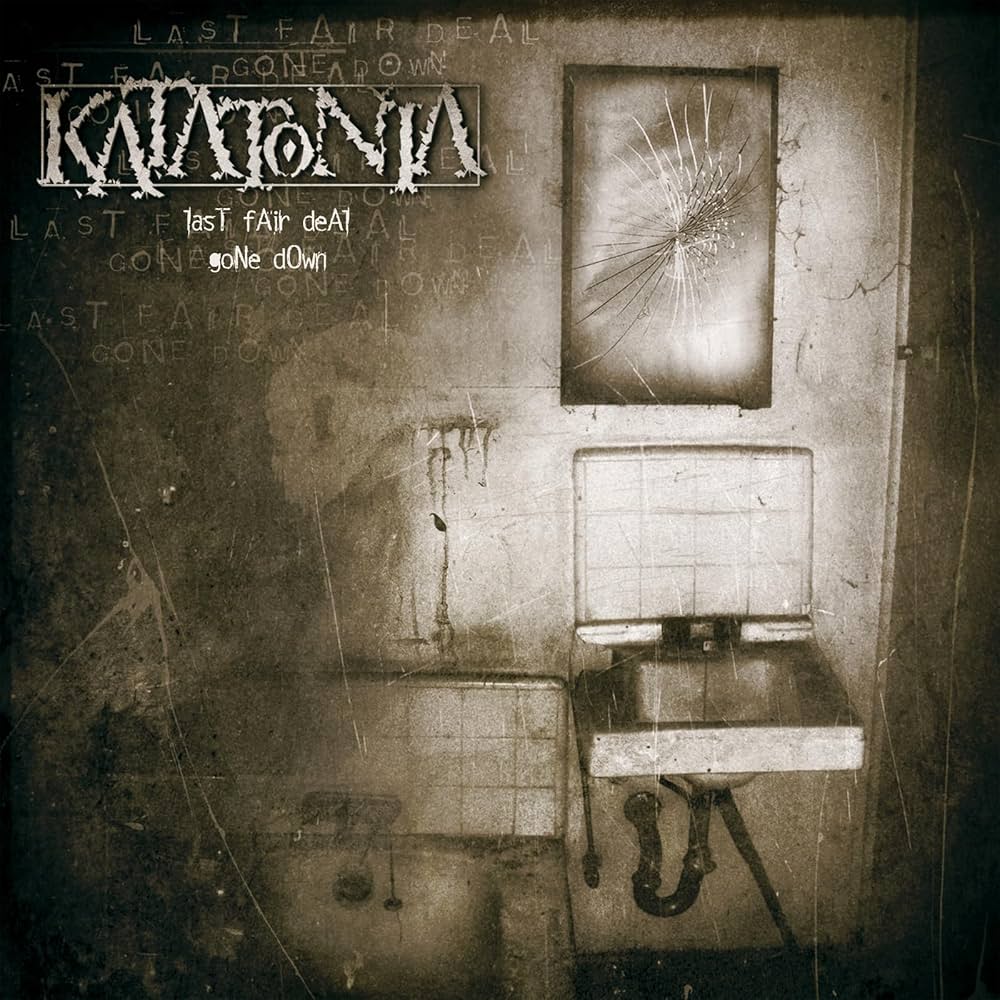
During the mid-90s, Renkse’s screaming fried his throat and Katatonia were eager to explore their goth and shoegaze influences. They quickly released Discouraged Ones and Tonight’s Decision, which tightened their songwriting but slightly suffered from Renkse’s unseasoned clean vocals. As a result, Last Fair Deal Gone Down proved their true transformative masterpiece.
From top to bottom, album five marked this band’s most bulletproof arsenal of songs, each one shining through their mix of mood, melody and rock-solid riffing. Chrome, Teargas and Tonight’s Music flourished into fan-favourites, and side-by-side they demonstrated Renkse’s growing range, from whispered croons to arena-filling cries. After years of searching, Katatonia finally found their niche and delivered their idiosyncratic statement.
The Great Cold Distance (2006)
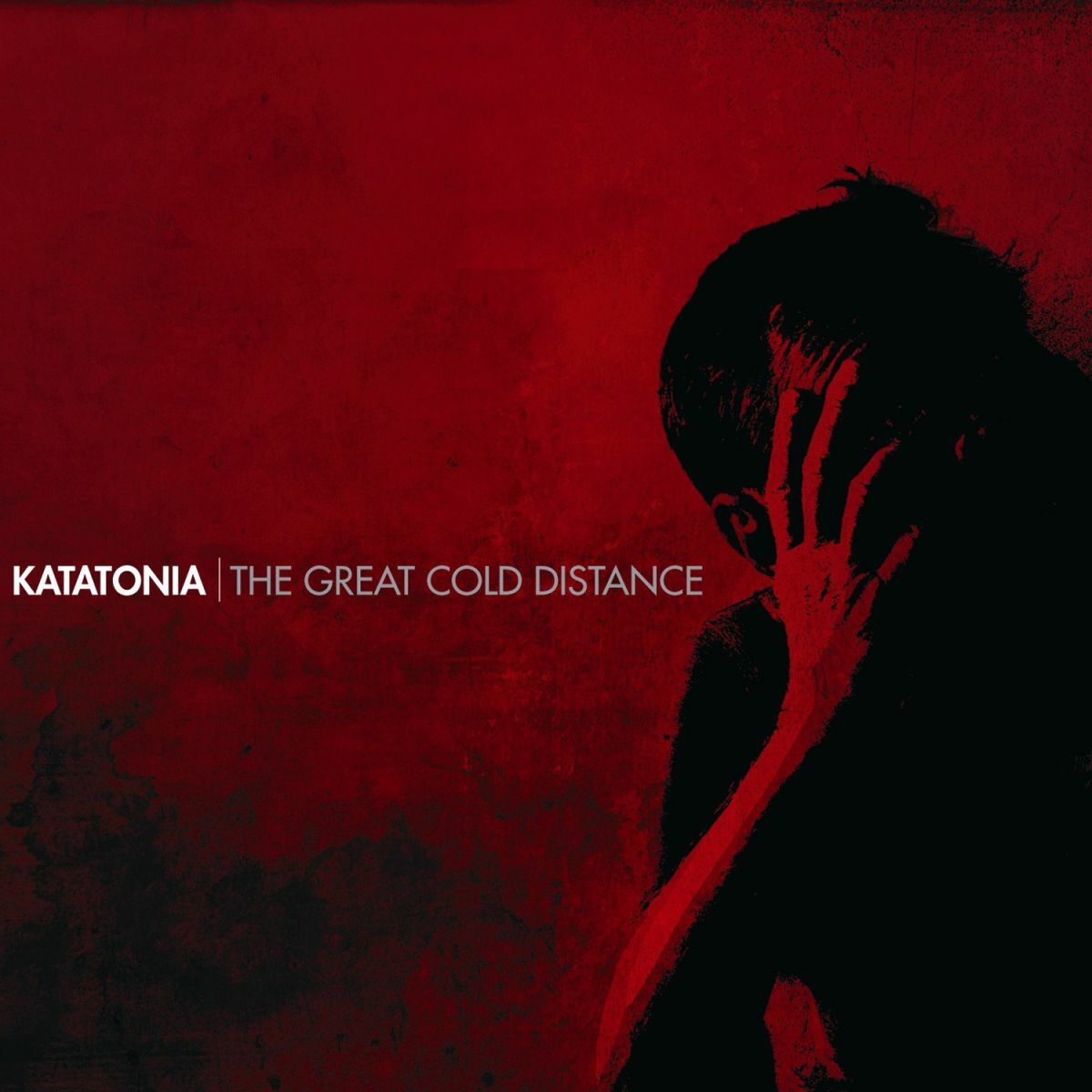
If Katatonia were to have a single “essential” album, The Great Cold Distance would be it. Almost two decades after it came out, half of its 12 songs remain must-plays in the band’s setlists. The heartbroken My Twin became, as Renkse jokes, their only hit single when it cracked Finland’s top 10, while other tracks’ juddering riffs foresaw their later embrace of prog metal.
This standout’s success wasn’t just the result of its myriad bangers – which also include July, Leaders, Deliberation and Soil’s Song – but the refined production of Jens Bogren. Having recently worked with Opeth and Pain Of Salvation, he gave Katatonia newfound density and clarity, exposing the chops behind their seemingly simple songs.
The Fall Of Hearts (2016)
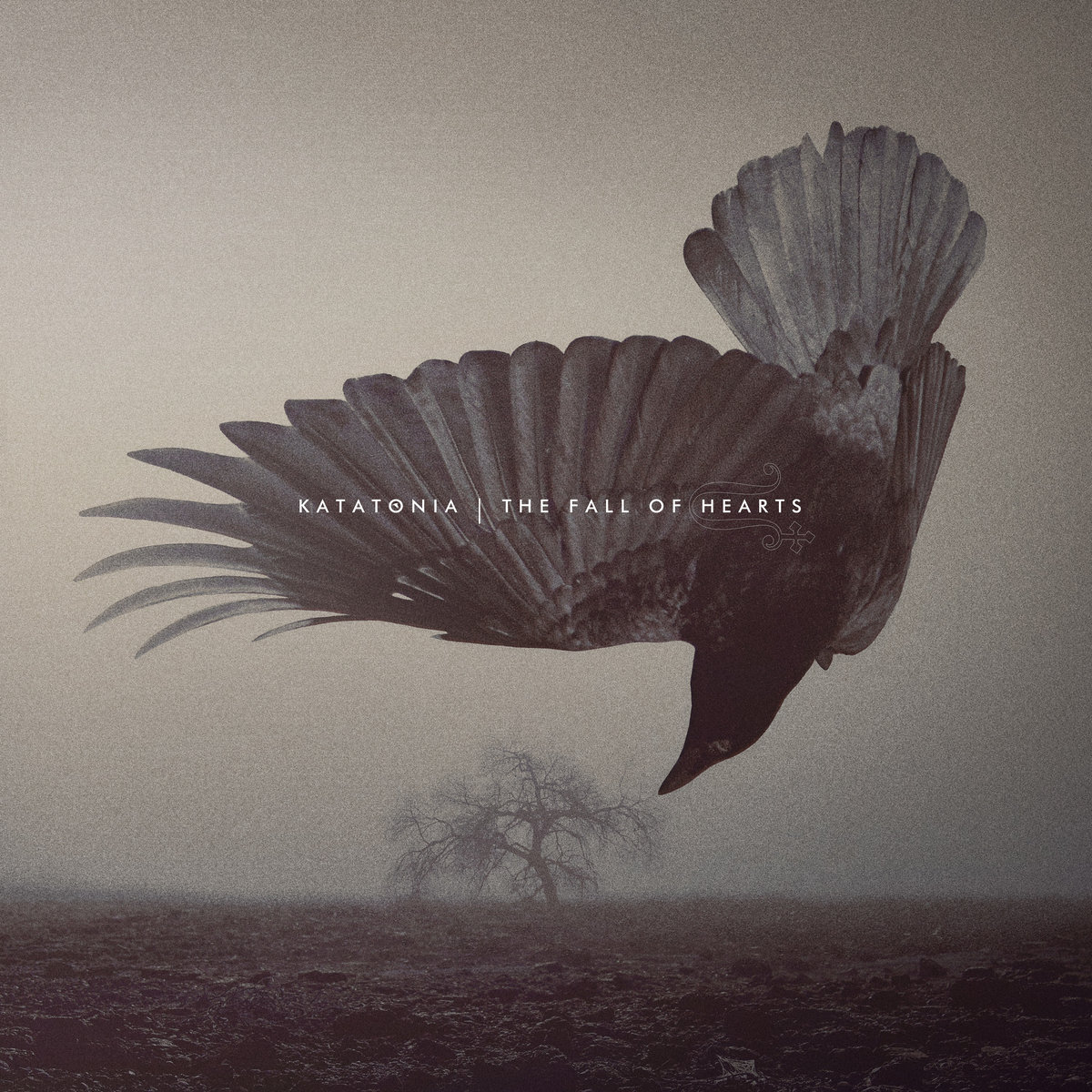
Across the 10 years after The Great Cold Distance, Katatonia’s prog undertones grew into overtones. 2012’s Dead End Kings stacked itself with symphonies and electronica, but followup The Fall Of Hearts pushed even further, becoming almost labyrinthine in its complexity.
All seven minutes of opener Takeover put the band at a new peak of maximalism, but their emotional core remained intact thanks to Renkse’s increasingly dramatic voice. The Night Subscriber dropped from lush strings to hellishly heavy metal, whereas Serac dedicated much of its bridge to a rare, extended guitar solo. Old Heart Falls and the all-acoustic Pale Flag gave fleeting glimpses of simplicity during what was otherwise the most ambitious Katatonia outing to date.
City Burials (2020)
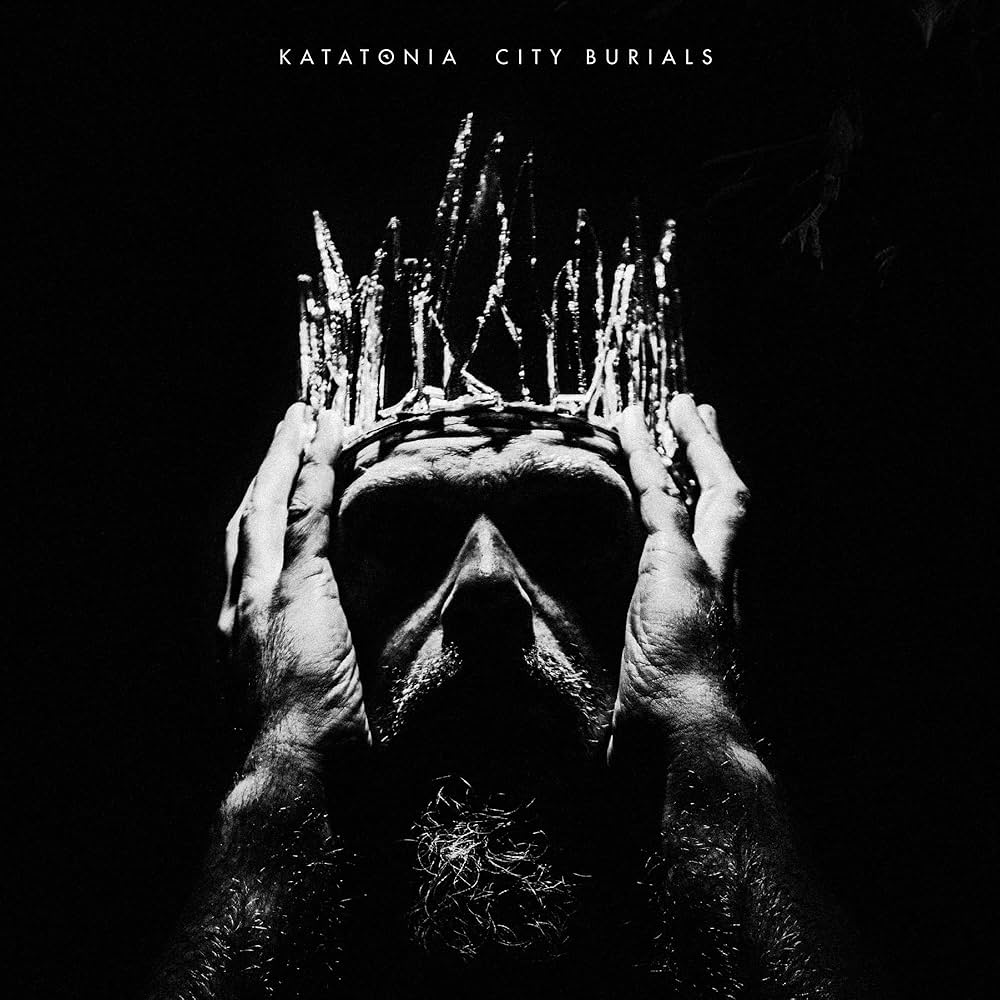
When touring for The Fall Of Hearts wrapped, Katatonia shockingly announced a hiatus. Mercifully, though, the break was blink-and-you’ll-miss-it, with their comeback confirmed in early 2019 and a new album, City Burials, set free the following year.
Plainly, the band knew they couldn’t outdo their previous effort in the ‘epic’ stakes, so what they delivered was more episodic but still adventurous. Where Behind The Blood and Neon Epitaph threw back to the off-kilter but tight-knit metal of The Great Cold Distance, Lacquer was entirely new, emphasising sombre piano and agonised vocals. By the time finale Untrodden built up from sparse keys to blazing virtuosity, City Burials satisfied both casual listeners and prog diehards alike.
